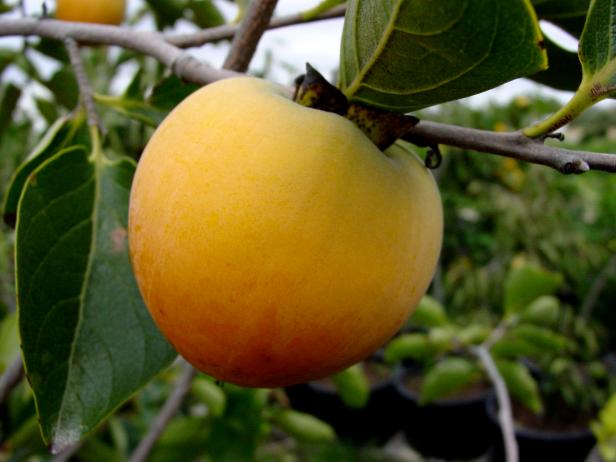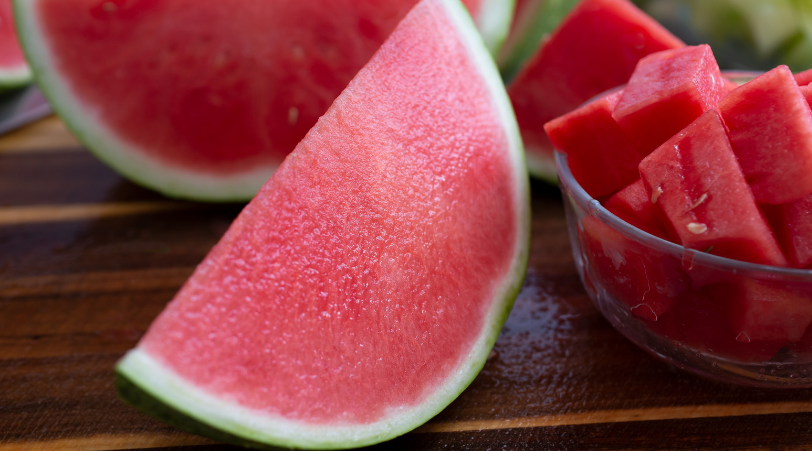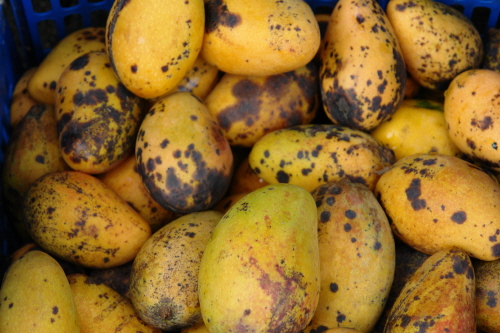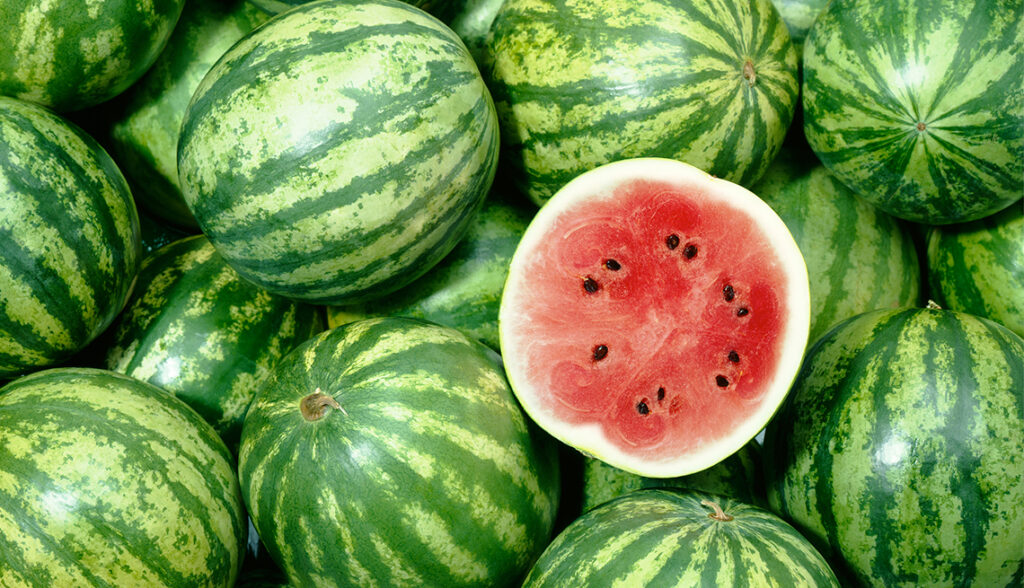Grains are an essential part of many people’s diets, providing nutrients vital for health. Rye berries and wheat berries are two common kinds that we often eat.
Though both grains might look alike, they are actually different in flavor, nutrition, and how we use them in cooking.
Table of Contents
- Understanding Rye Berries
- Exploring Wheat Berries
- Contrasting Rye Berries and Wheat Berries
- 1. Species and Varieties
- 2. Looks and Feel
- 3. Taste and Smell
- 4. Gluten Content and Gluten-Free Suitability
- 5. Nutritional Profile
- The Health Benefits of Rye Berries
- 1. Fiber-Rich for Digestive Health
- 3. Better Heart Health
- 4. Full of Antioxidants
- 5. Helps Control Weight
- Health Benefits of Wheat Berries
- 1. Loaded with Essential Nutrients
- 2. Good for Digestion and Regularity
- 3. Gives You Long-lasting Energy
- 4. Lowers Risk of Long-term Illnesses
- 5. Antioxidant Impact
- Ways to Enjoy Rye Berries in Your Meals
- 1. Rye Bread and Other Baked Goods
- 2. In Salads and Grain Bowls
- 3. Hearty Soups and Stews
- 4. Warm Porridge and Breakfast Dishes
- How to Use Wheat Berries in Cooking
- 1. For Baking Hearty Whole Grain Bread
- 2. In Salads and Flavorful Pilafs
- 3. Sides and Stir-Fried Dishes
- 4. Sprouting for Salads
- What to Know for Gluten-Free Eating
- Wrapping Up
- Frequently Asked Questions
- Are rye berries and wheat berries gluten-free?
- Can rye berries or wheat berries be used in gluten-free cooking?
- Where can I find rye berries and wheat berries?
- What’s the best way to cook rye berries and wheat berries?
- Do you have any recipe ideas for rye berries or wheat berries?
Understanding Rye Berries
Rye berries are the full, natural seeds from the rye plant. They look a lot like wheat berries or barley, being other whole grains.
These berries are hard but chewy and have a unique sweet, nutty taste. People in Europe have cooked with them for a very long time, and others are now starting to include them in various dishes because they are both versatile and nutritious.
Rye berries are loaded with nutrients. They are packed with dietary fiber, which includes both types that can dissolve and those that can’t, helpful for digestion and keeping you feeling full. They also have important minerals like magnesium and manganese, as well as vitamins, antioxidants, and plant nutrients.
For cooking, rye berries can be used in many ways. They are famous for rye bread, with its unique taste and firm texture. They can also be tossed into salads, mixed into bowls with grains, added to soups and stews, or cooked by themselves as a side. For breakfast, they can be made into a filling porridge.
Exploring Wheat Berries
Wheat berries are the entire, unprocessed wheat kernels. They are the part of the wheat plant that you can eat and look similar to other whole grains.
These berries are firm with a mild nutty taste that goes well with many foods. Wheat has been important around the world for a long time because of its health benefits and how many ways you can use it in cooking.
Nutritionally, wheat berries are very nutritious. They offer a good amount of dietary fiber, protein, and complex carbs. They are rich in important minerals like iron and zinc, as well as vitamins and antioxidants. Eating wheat berries can help with lasting energy, better digestion, and good health.
In the kitchen, wheat berries have many uses. They can be baked into whole grain bread and other treats, bringing texture and flavor. They can be added to fresh salads, cooked as a pilaf, or stirred into side dishes. You can even sprout them and use them to top sandwiches or wraps.
Contrasting Rye Berries and Wheat Berries
Although rye berries and wheat berries may be similar in some ways, several differences define them.
Let’s dive deeper into these differences to better know what makes each one special:
1. Species and Varieties
Rye comes from the Secale cereale species while wheat comes from the Triticum species. There are different kinds of each grain, which can change their taste, texture, and nutrients.
2. Looks and Feel
Rye berries are often smaller and darker than wheat berries. They feel denser and chewier, which is great for hearty dishes. Wheat berries, in contrast, are larger, have a light golden color, and offer a bit of a crunch when cooked well.
3. Taste and Smell
Rye berries taste slightly sweet and nutty with a hint of earthiness and a little tanginess that adds depth to food. Wheat berries, however, have a gentler nutty flavor and sweetness, with a mild aroma that can enhance a recipe’s taste.
4. Gluten Content and Gluten-Free Suitability
A big difference between rye berries and wheat berries is the gluten they contain. Rye has gluten, which is not good for people with celiac disease or gluten intolerances. Wheat also has gluten, but the amount varies by type.
5. Nutritional Profile
Both rye and wheat berries are full of nutrients, but there are some differences. Rye berries usually have more fiber, which is great for digestion. Wheat berries may have a bit more protein and certain minerals, like iron. Still, both grains are packed with nutrients for a healthy diet.
The Health Benefits of Rye Berries
Rye berries don’t just taste good and offer variety in cooking, they also bring several health benefits:
1. Fiber-Rich for Digestive Health
Rye berries offer lots of dietary fiber, particularly the type that doesn’t dissolve. This helps make bowel movements regular, prevent constipation, and support a healthy set of gut bacteria. It may reduce the chance of having digestive issues too.
The soluble fiber in rye slows down the way our bodies process carbs, leading to a slower increase in blood sugar levels. This makes rye a good grain for those with diabetes or for anyone looking to keep their blood sugar steady.
Sugar levels are affected by eating certain foods, so it’s important to choose the right ones to maintain a healthy balance.
3. Better Heart Health
Eating rye berries regularly can be good for your heart. They have stuff like fiber and other healthy nutrients that help keep your heart in good shape. Rye berries can lower bad cholesterol, make your blood pressure better, and help prevent heart problems and strokes.
4. Full of Antioxidants
Antioxidants in rye berries help to get rid of harmful particles in your body. These antioxidants, like phenolic compounds and lignans, can prevent damage to your cells and lower the chance of getting long-term diseases, including some cancer types.
5. Helps Control Weight
Rye berries have a lot of fiber which makes you feel full and satisfied, so you’re less likely to overeat. This can help you manage your weight because you’ll be less likely to snack on extra foods.
Health Benefits of Wheat Berries
Wheat berries also have many health perks:
1. Loaded with Essential Nutrients
These little grains are full of good stuff your body needs, like fiber, proteins, carbs, vitamins, and minerals. They’re rich in B vitamins that help your body make energy, keep cells working well, and put together DNA. Wheat berries also have minerals like iron, zinc, and selenium that are important for many body processes.
These important minerals play key roles in how well your body functions.
2. Good for Digestion and Regularity
Wheat berries are packed with fiber which helps keep your digestive system healthy and regular. They can prevent you from being constipated and support a healthy balance of bacteria in your gut.
3. Gives You Long-lasting Energy
As a great source of complex carbs, wheat berries give you long-lasting energy. They help you stay active throughout the day without the sudden tired feeling you can get from eating snacks with processed sugar.
4. Lowers Risk of Long-term Illnesses
Antioxidants like phenolic acids and flavonoids found in wheat berries may help protect you from long-term conditions. They work to decrease inflammation and fight off the stress that can damage cells in your body, lowering the risk of heart disease, particular cancers, and brain diseases that get worse over time.
5. Antioxidant Impact
Wheat berries contain a special antioxidant named ferulic acid. This antioxidant is particularly strong at fighting cell damage and stress. It is also anti-inflammatory and might help protect your brain.
Ways to Enjoy Rye Berries in Your Meals
You can make a variety of tasty meals with rye berries. They give a nice chewy bite and a special flavor to your dishes. Here are some ideas on how to enjoy rye berries:
1. Rye Bread and Other Baked Goods
Rye bread is a popular way to enjoy rye berries. It’s got a strong flavor, dense texture, and smells great. You can use it for sandwiches, as toast, or to go with soups and stews.
Ground into flour, rye berries can be baked into muffins, pancakes, cookies, and many more, giving them a healthy twist.
2. In Salads and Grain Bowls
Rye berries are awesome in salads and grain bowls. They bring a satisfying chew and rich taste when mixed with veggies, fresh herbs, and a yummy dressing. They pair wonderfully with roasted veggies, chicken, feta cheese, or a zingy vinaigrette.
They can be cooked until they are just right, cool, and then mixed with your favorite salad ingredients.
3. Hearty Soups and Stews
Add cooked rye berries to soups and stews for an extra boost of nutrition and texture. They soak up other flavors while staying chewy, making the dish more interesting and filling. They’re especially good in soups with beans, mushroom stews, and chili with lots of meat.
4. Warm Porridge and Breakfast Dishes
Rye berries can also be made into a warm porridge, which is great for breakfast on cold days or after you exercise. Boil them in milk or water, add some sweetness with honey or maple syrup, and spice it up with cinnamon or cardamom. You can top it with berries, nuts, or yogurt for an extra tasty meal.
How to Use Wheat Berries in Cooking
Wheat berries have lots of different ways they can be used in the kitchen. Here are some ideas on how to add wheat berries to your meals:
1. For Baking Hearty Whole Grain Bread
Whole grain bread made with wheat berries has great taste, texture, and health benefits. You can grind the wheat berries into flour or add them whole to the dough to bake delicious loaves. Also, you can use them in other baked goods like muffins, scones, and homemade granola bars.
2. In Salads and Flavorful Pilafs
Adding wheat berries to salads and pilafs gives a delightful chewy feel and a nutty taste. They enhance the dish with both their flavor and nutrition.
You can boil wheat berries until they’re soft and mix them with fresh veggies, some herbs, and a zesty dressing to make a tasty and healthy salad. When you put wheat berries into pilafs, you get a robust blend with other grains like rice or quinoa, making a filling side plate.
3. Sides and Stir-Fried Dishes
Once cooked, wheat berries serve as a wholesome and adaptable accompaniment to lots of main dishes.
You can flavor them with different herbs and spices and a little olive oil, or you can stir-fry them with a bunch of veggies and your choice of protein. Wheat berries have a hearty texture that doesn’t get mushy in stir-fries, making them a nice, chewy addition to the meal.
4. Sprouting for Salads
Wheat berries can be sprouted to bring out more of their nutrients and unique tastes. They become full of enzymes, vitamins, and minerals when sprouted and add a crunchy texture.
Sprouted wheat berries are great in salads, on sandwiches, or in wraps, giving meals an extra touch of texture and freshness. They go really well with leafy salads, avocados, cherry tomatoes, and light dressings.
What to Know for Gluten-Free Eating
Both rye and wheat berries contain gluten, so they’re not a good choice for people with celiac disease, gluten intolerance, or those who eat a gluten-free diet.
If you need to avoid gluten, be sure to buy grains that are labeled as gluten-free to prevent any issue with cross-contamination in processing or storage.
Wrapping Up
All in all, rye and wheat berries are healthy grains packed with nutrition that have their own special flavors and textures. Rye berries are dense and chewy with a kind of sweet, nutty taste, and wheat berries are a bit firmer with a mild nutty flavor.
Each type of grain adds important nutrients, fiber, and antioxidants to your meals. Using rye or wheat berries can up the nutrition of your dishes, give you some variety, and introduce interesting new tastes to enjoy.









